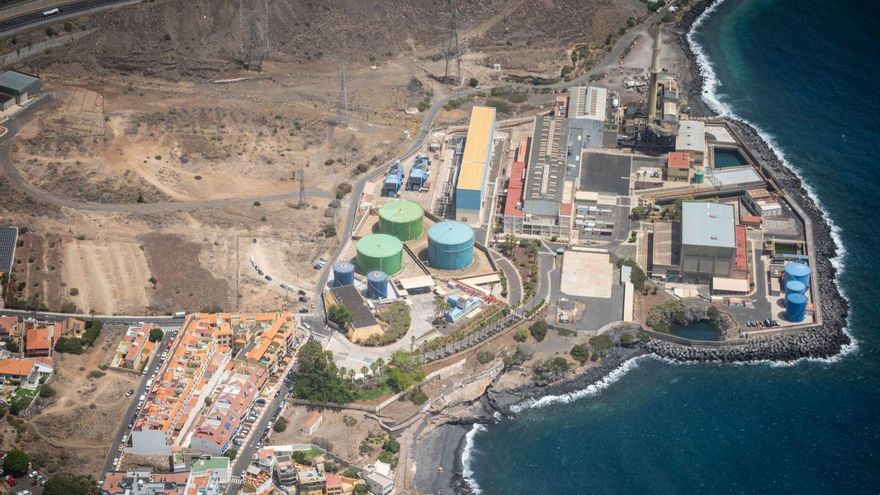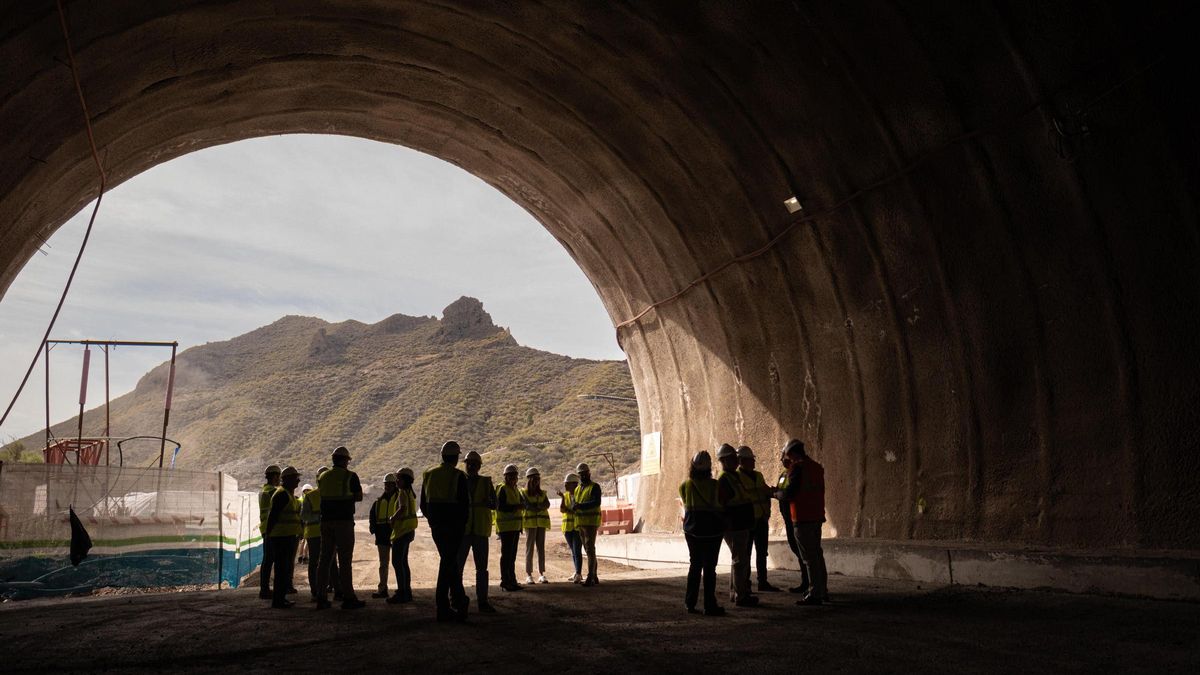The social archaeology collective Imastanen is raising concerns about the state of one of Arico’s most treasured heritage and natural sites: the Arco de Tajao. The group warns of the consequences affecting this stunning location, topped by this iconic natural “sculpture”, due to the “overcrowding of visitors”, the “filming of audiovisual productions”, and the recent appearance of white graffiti shaped like arrows that not only disrupt the place with inappropriate signage but also exacerbate damage and mass presence.
Members of Imastanen criticise the “institutional abandonment” and believe that the site faces a clear threat to its proper conservation. They highlight that it “has yet to be declared a Natural Monument, let alone a Site of Special Natural Conservation or a Cultural Heritage Site, as we have demanded from the collective, despite a municipal initiative in 2021.”
Imastanen recognises and emphasises that Arico “is undoubtedly one of the municipalities that preserves the greatest number of archaeological and ethnographic treasures in Tenerife, particularly because its territory was relatively free from urban development during the initial stages of the imposition of the current economic model in the latter half of the 20th century. This not only favoured the survival of traditional primary sector livelihoods (livestock and agriculture) until recent times but also the continuation of ancestral traditions in the collective memory of its inhabitants, a memory evidenced by the rich toponymy and the vast diversity of preserved Guanche remains found in ravines, valleys, and mountains, in countless forms and typologies. However – as they point out – Arico is currently one of the most threatened areas by all sorts of landscape interventions that are incompatible with respect for the natural environment”, with the Arco de Tajao now serving as a new example of this issue.
In this context, they remind us that they have previously denounced the “destruction and deterioration of many archaeological sites and ethnographic assets in the region, particularly emphasising the indifference demonstrated by various municipal governments who, beyond promises and excuses, continue to look the other way while many of these values disappear at a catastrophic pace.” Furthermore, despite the provisions of Law 11/2019, dated 25 April, concerning the Cultural Heritage of the Canary Islands, “which mandates the preparation of municipal catalogues in coordination with the insular Cabildo, Arico is still failing to comply with this legal mandate, although, sadly, this is not an exception on the Island.”
EMBLEMATIC ENVIRONMENT
The Arco de Tajao is located in the Vijagua or Bijagua ravine, “one of the most emblematic ravines in southern Tenerife due to its immense geological and biological value, its ancient history, and its ethnographic significance. Situated between the Tabaibarril (Tajao) coast and Guasiegre, it has been one of the areas with the highest levels of human activity since indigenous times, and thus a site rich in rock art, remains of housing structures, traces of funerary and ritual practices, and spaces for decision-making and gatherings. The transhumance, the varied economic resources offered by these coasts, the perennial water springs – now dry ravines – as well as the existence of wells and springs, sustained Guanche populations whose testimony remains evident to this day.”
The collective highlights, for instance, the exploitation of the famous chasnera stone “or Guama stone,” with which palaces and churches were built across the Canary Islands and the Americas. This made Bijagua ravine a highly trafficked route, as it turned the inlet where it ends into a notable dock for transatlantic trade of this unique pyroclastic stone, which was highly valued in construction for its properties, durability, and aesthetics, rendering it a site of great ethnographic interest.
Imastanen stresses that what is known as the Arco de Tajao or Bijagua “is a natural structure of ignimbrite, sculpted by erosion, and forms part of a magical and enchanting landscape. It is an almost supernatural environment that still awes anyone who visits, due to its whimsical rock formations with soft, enveloping colours that change hue under the influence of water and light. The timid heartbeat of its tiny antediluvian fauna and the resilient silhouettes of the cardonal-tabaibal, which once created genuine botanical mazes, invite one to let their imagination take flight. This volcanic whimsy has become one of the most promoted sites in guides and social media. The tourism industry and institutions showcase it as a lure to continue attracting visitors without considering the need to even preserve the backdrop of their commercial product. Herein lies the severity of the case: an unconscious model is actively promoted, leading inexorably to collapse.











